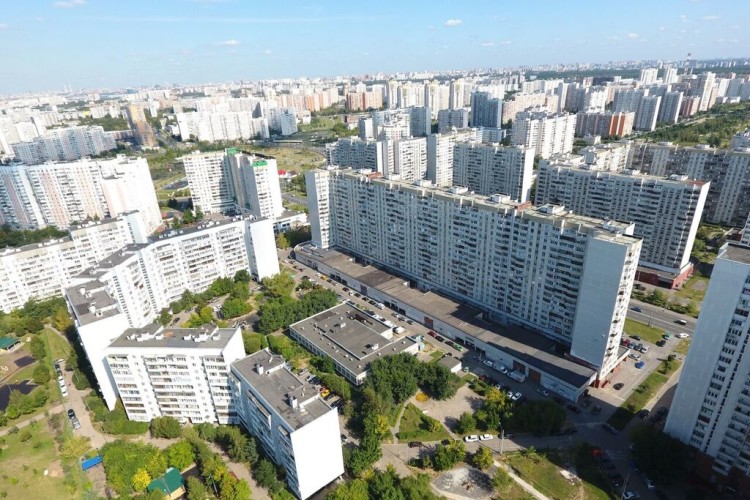Selected residential buildings within the ‘smart district’ are being equipped with 29 different smart technologies covering aspects such as lighting, waste management and heating.
Cities creating smart districts tend to choose new areas and build a district from a scratch but the Moscow authorities felt that piloting in a real-life environment was likely to be more realistic and lead to faster adoption.
The idea is that the district will become a living lab for testing the smart technologies. The project will evaluate how residents adjust their routines and which technologies are used the most. Moscow authorities aim to adapt the city’s urban renewal plan based on the results once the pilot is completed.
In April, the authorities began implementing the technologies in selected buildings situated in Maryino district on the southeast of Moscow. The district includes seven apartment buildings built in the 1990s, each of a different type of construction. In total the complex accommodates 2,044 apartments.

Strategy and innovations advisor Andrey Belozerov said: “We didn’t want to build a district from a scratch as a test bed far from real-world settings. Our aim was to test technologies in inhabited neighbourhood so it allows us to see whether citizens get advantage of new technologies in their everyday tasks. When the pilot is completed we aim to adjust the city urban renewal plan, so Muscovites enjoy living in similar technology-savvy buildings around the city in the future.”
As part of the project, a charging station for electric vehicles has been installed – the first in a Moscow residential district. It has already become the city’s most popular charging station. In addition, a free Wi-Fi network is available on site. Each resident can install a free mobile application to answer the intercom when no one is around, or cab open the door without a key. All cables have been moved underground, including those for outdoor lighting, security cameras and emergency loudspeakers.
One of the features in the smart district is an automatic heating system that depends on the temperature outside the window and is projected to save up to ten percent of energy consumption. The smart lighting includes acoustic sensors in entrance halls and energy-efficient lamps that will turn off when there is no one around. It is projected that controlling the lighting will save up to 80% of the electricity consumed. Every resident can access the surveillance data accumulated from the cameras installed at the district. Other aspects include smart metering; a dedicated meteorological station monitoring the humidity, wind and temperature in real time; and smart waste management. There are controls for waste sorting and collection with online monitoring. Every bin has a filling sensor that issues an alert once the bin is full.
The project is being implemented in cooperation with business stakeholders. Russian telecom operator Beeline has also launched a test site for developers of ‘Internet of Things’ solutions in the territory of the district. The trial will use Ericsson equipment on Beeline’s Narrow Band (NB) IoT network. The project is to examine the impact of IoT solutions implemented in the district. The trial enables the connection of up to 10,000 devices per base station and Ericsson has installed two stations in the one-kilometre trial zone.
Got a story? Email news@theconstructionindex.co.uk



